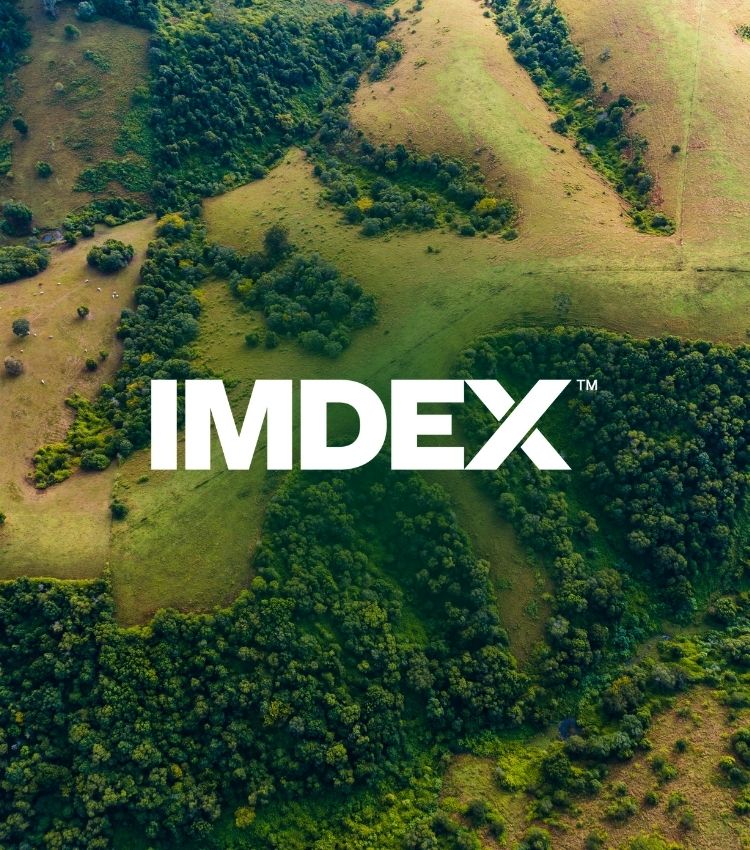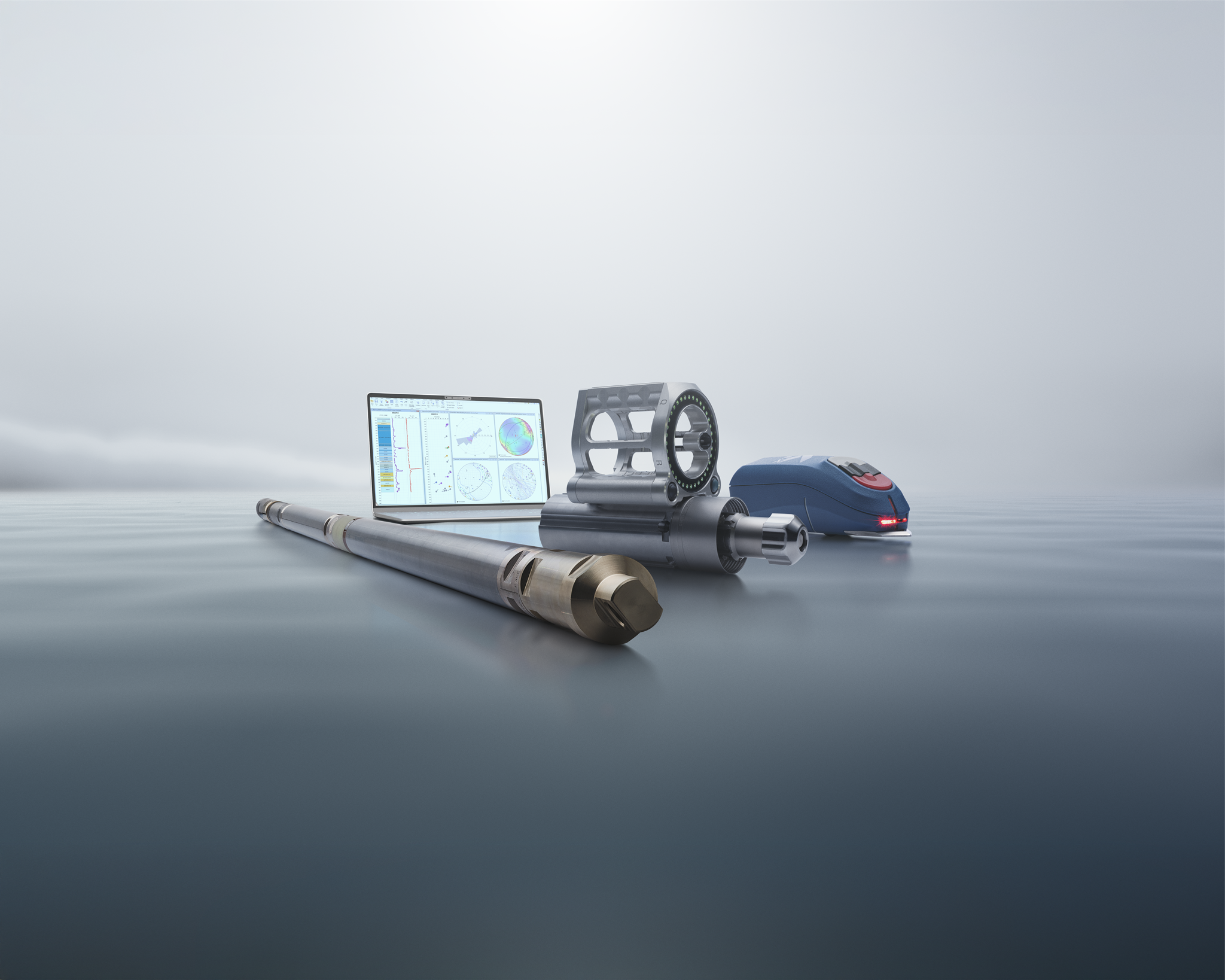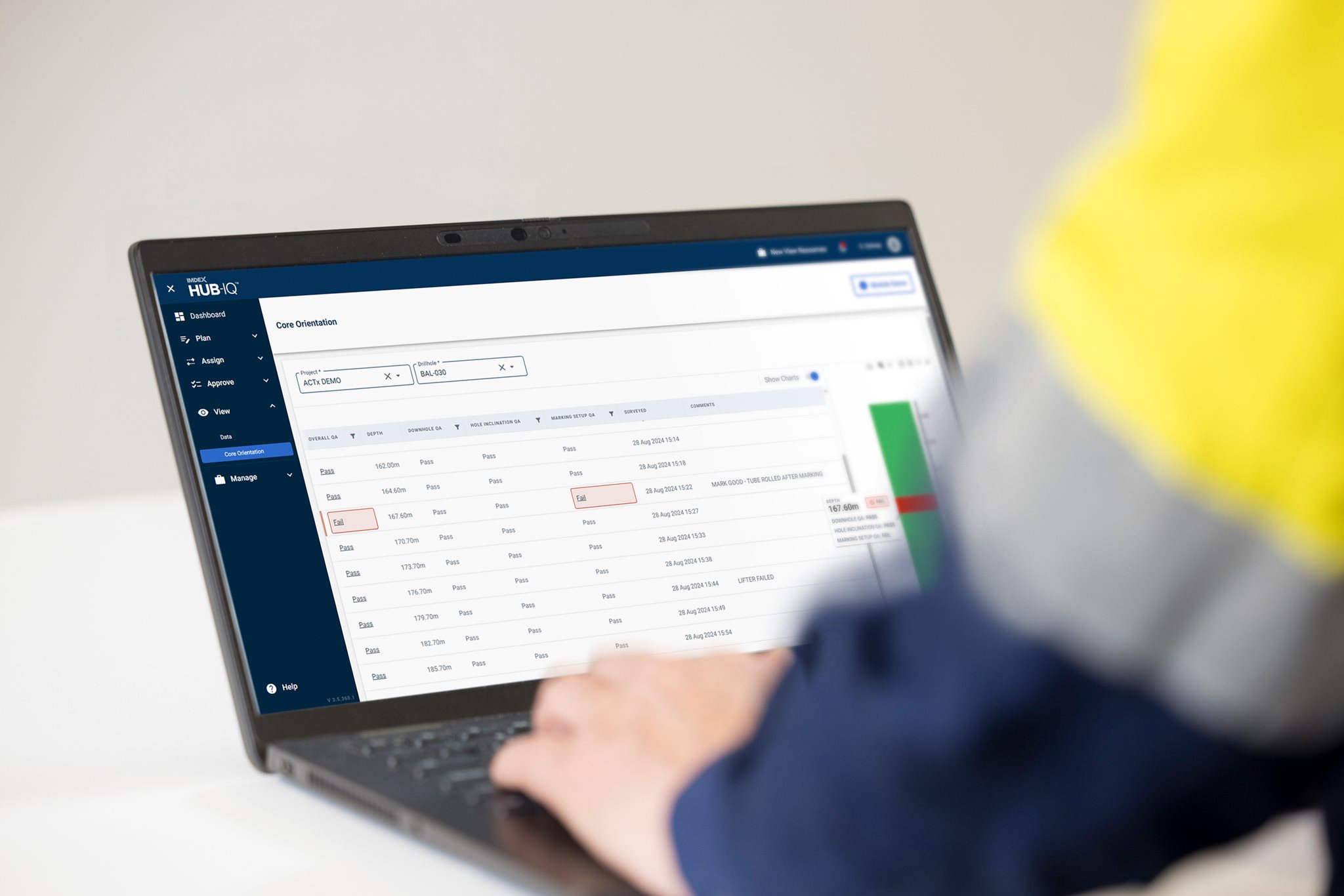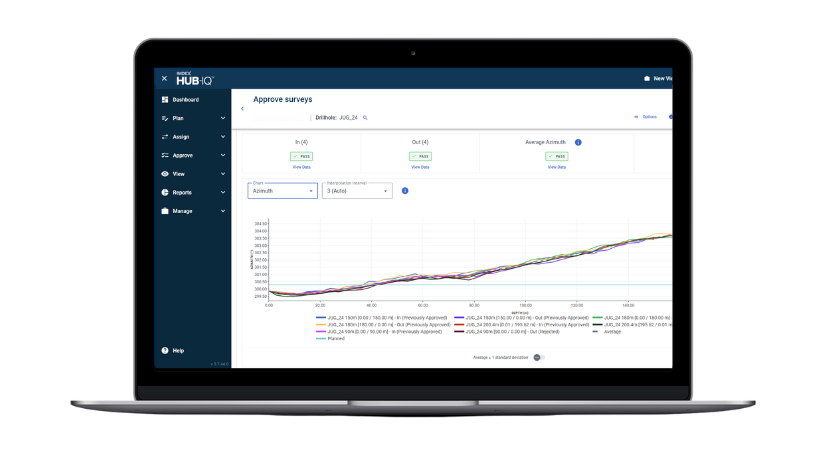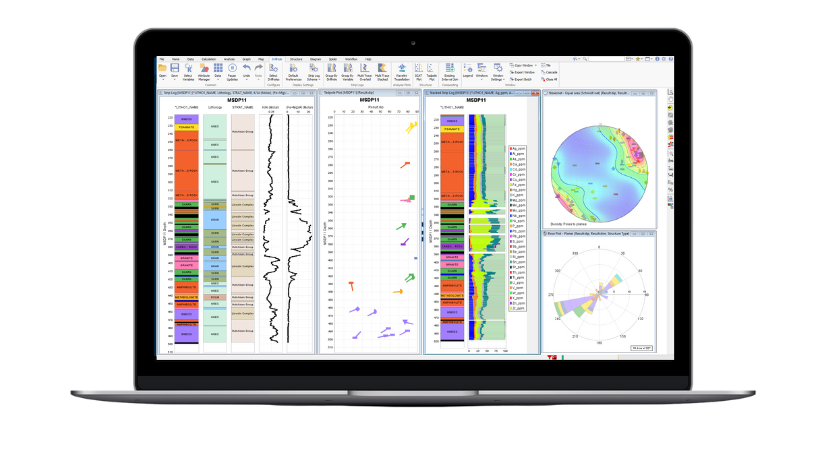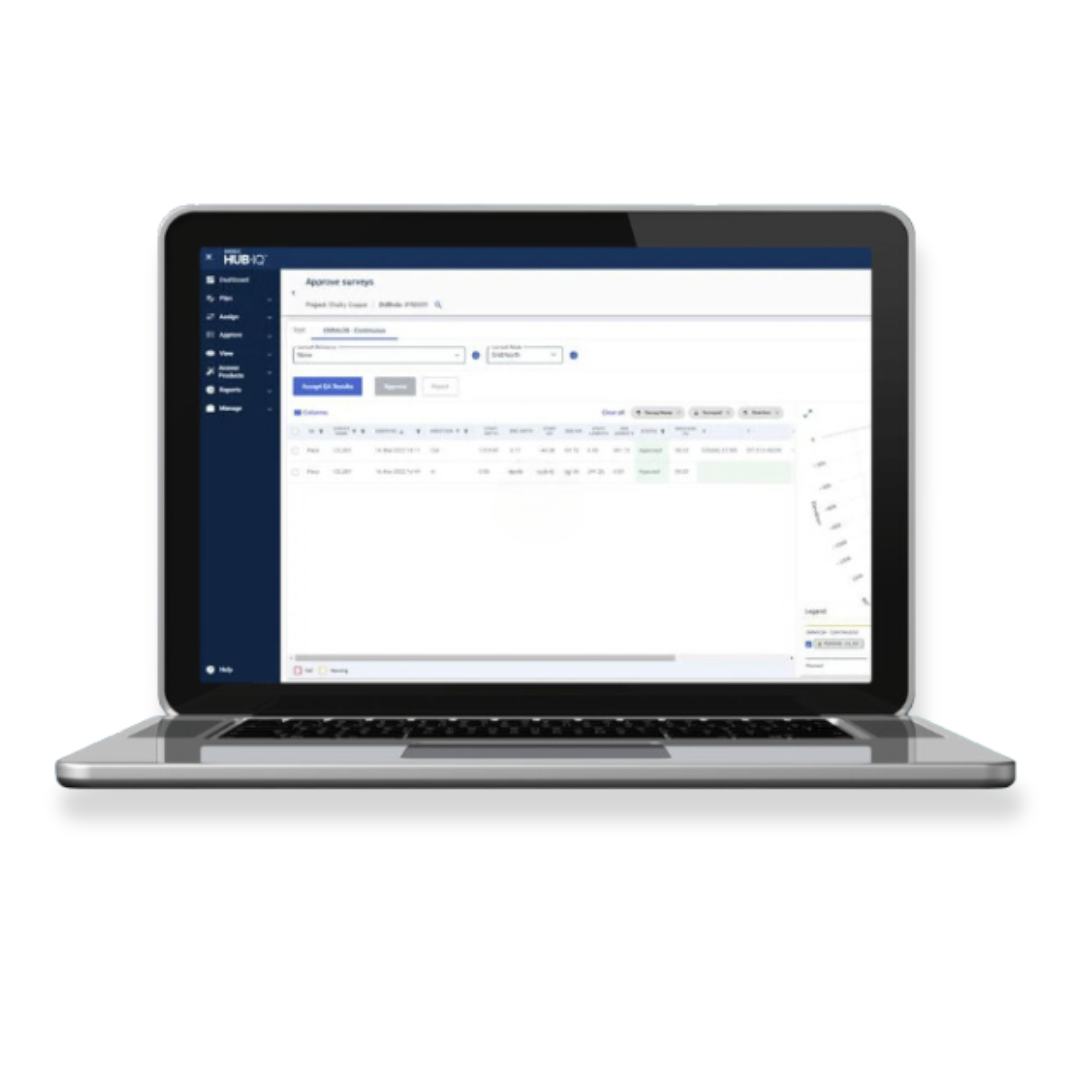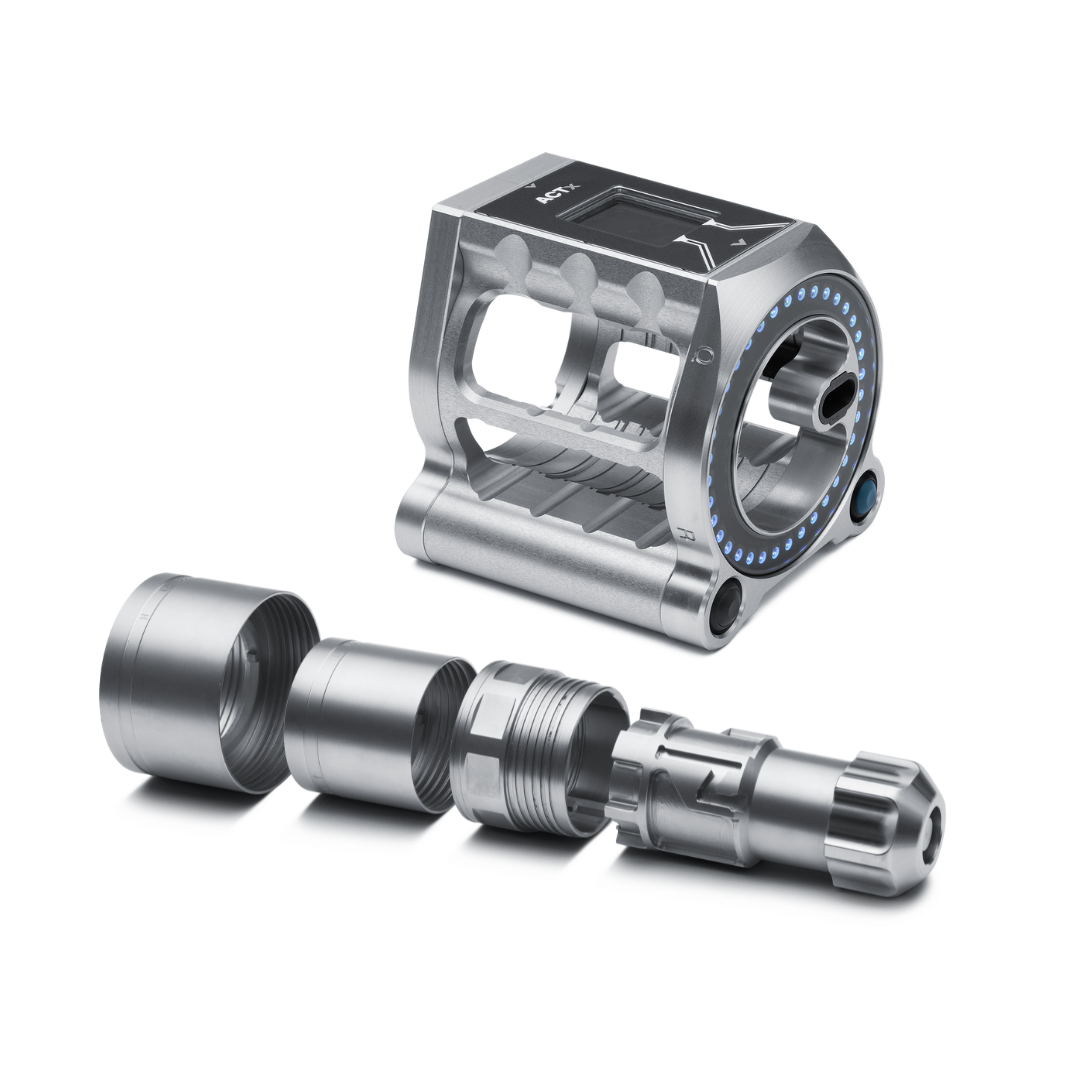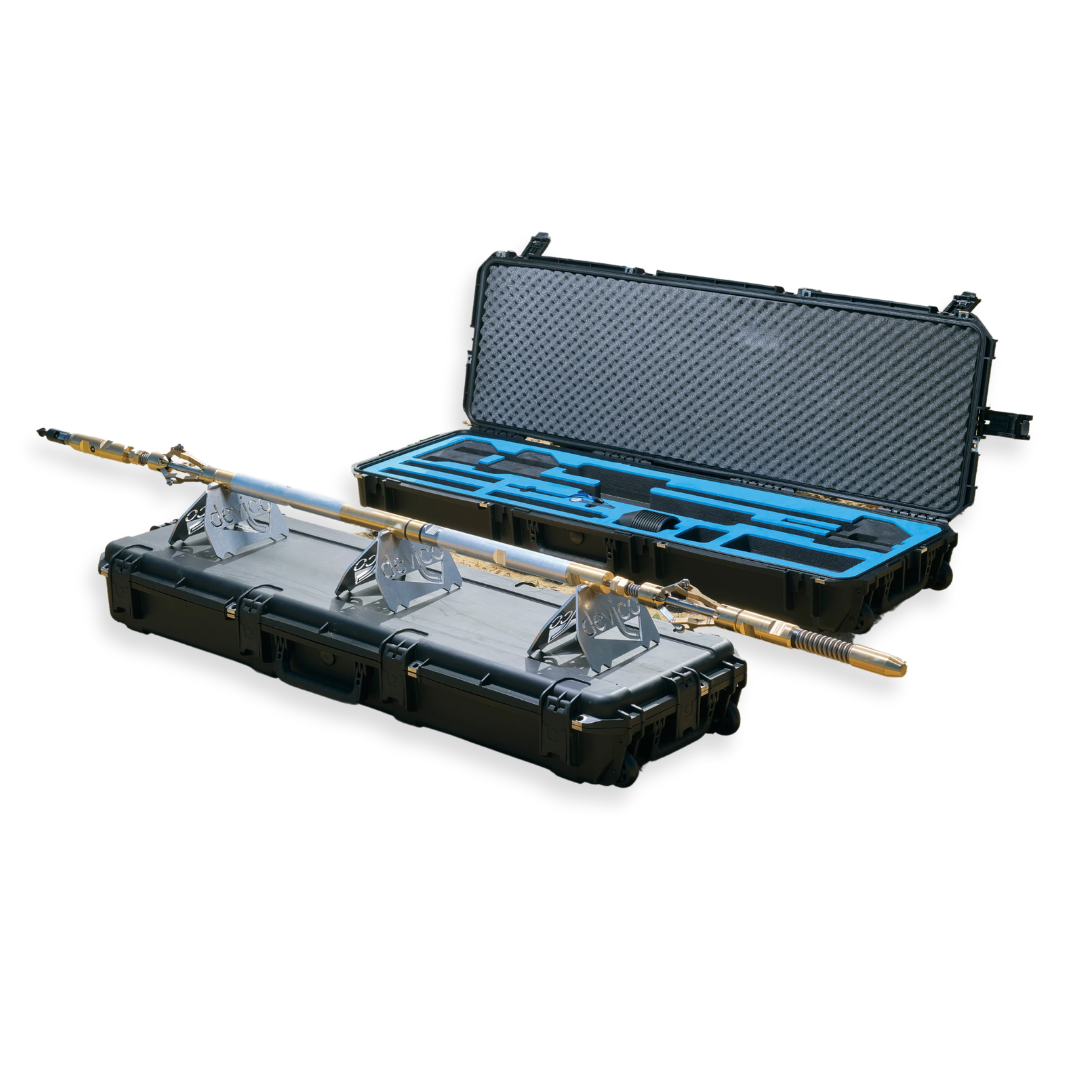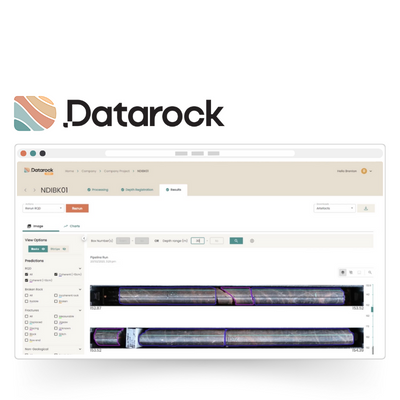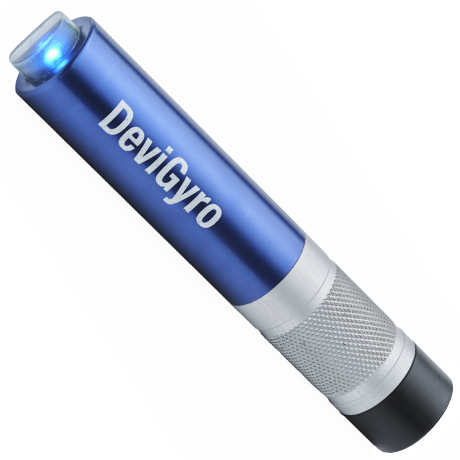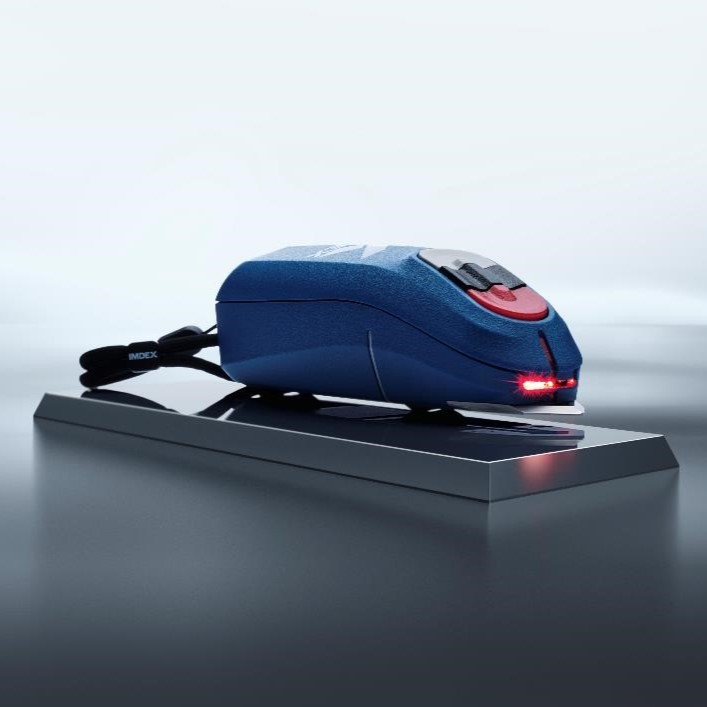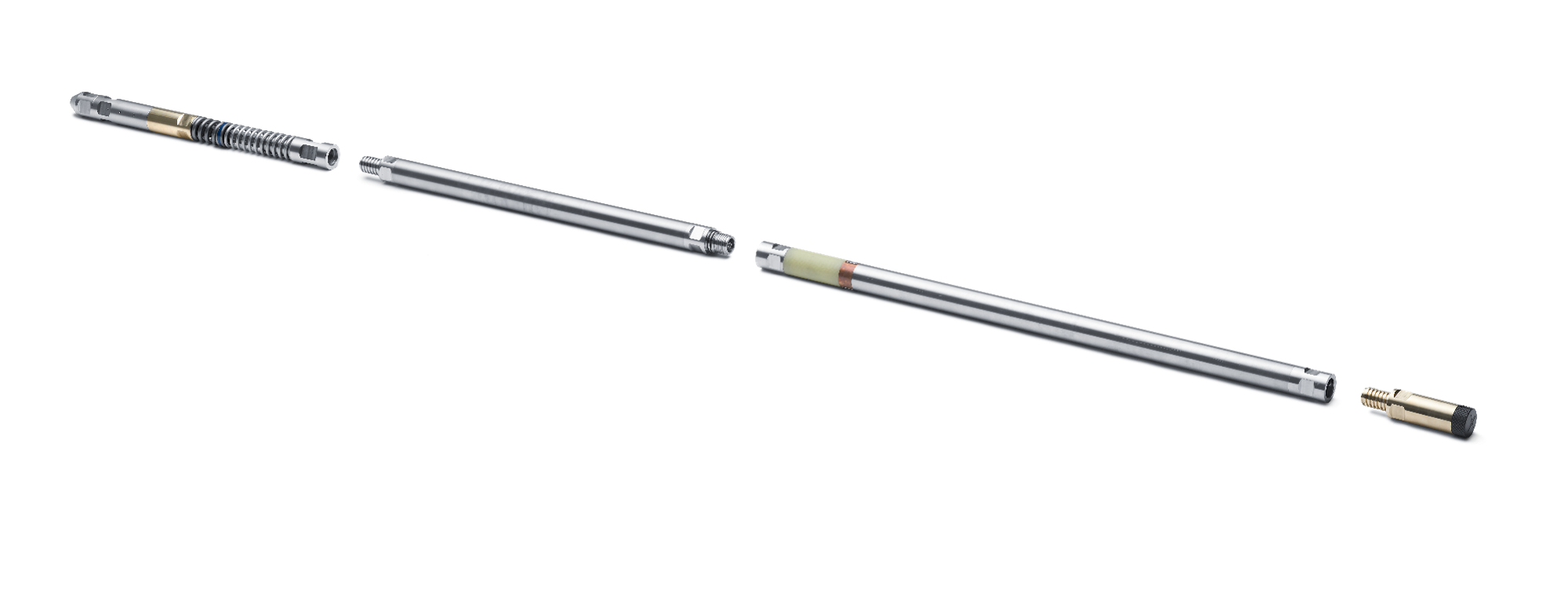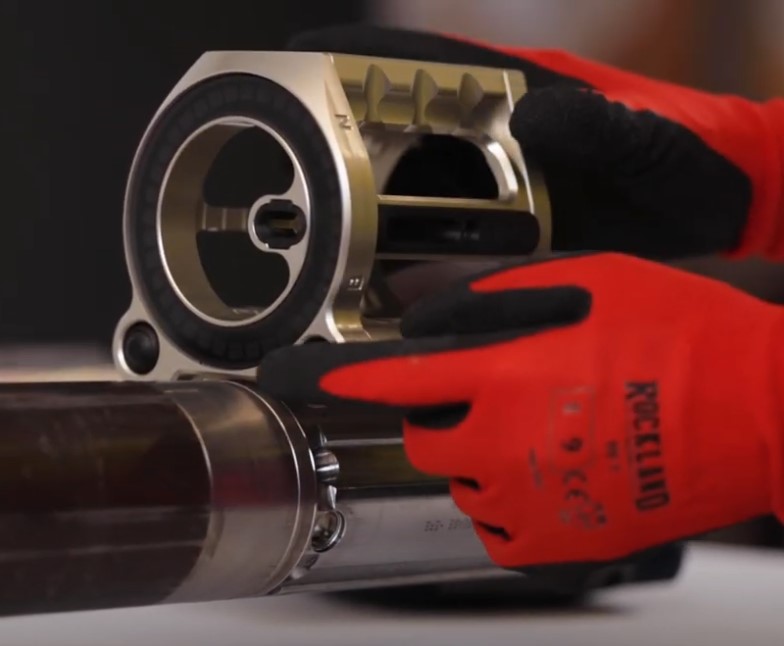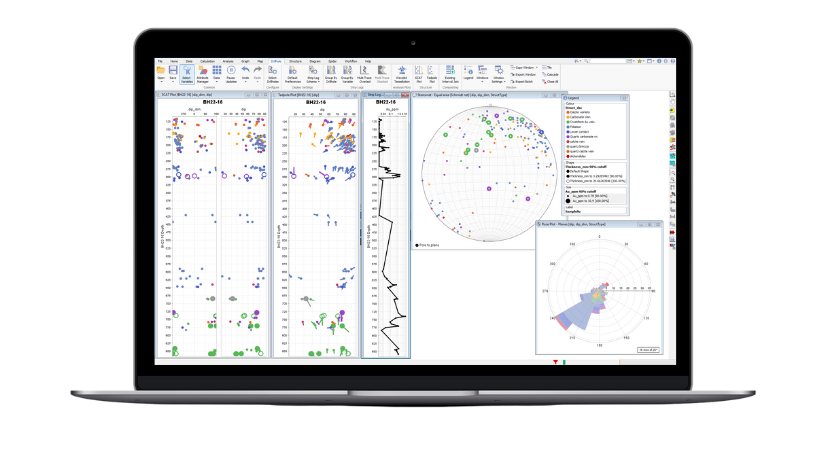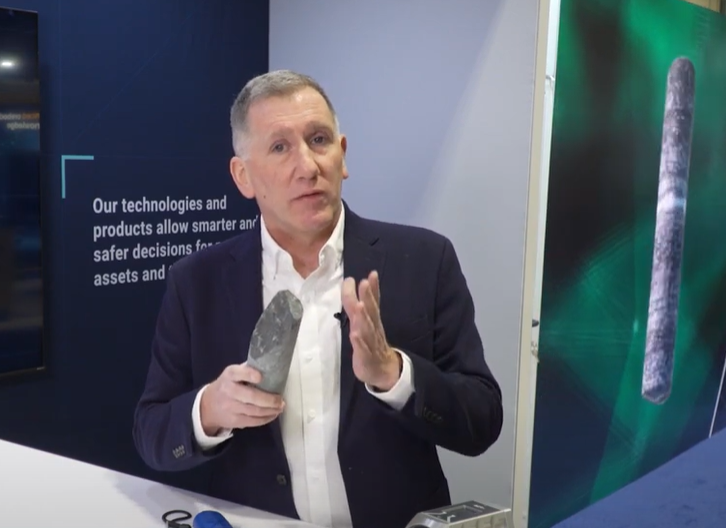As a geologist with significant experience spanning both field and office environments, I've witnessed the evolution of structural logging methods first hand. One truth has remained constant: nothing replaces the direct interpretation of guided testimony when it comes to structural geology.
The televiewer—whether optical or acoustic—is undoubtedly an excellent tool. It shines particularly in situations where core is unavailable or of poor quality, delivering a continuous, oriented, high-resolution view of the borehole wall. However, its role should be understood as complementary rather than substitutive to traditional core analysis.
With the integrated approach of ACTx + LOGRx, the experience transforms into something more comprehensive:
- You can see, understand, select, and physically touch the structure
- Interpretation happens in real-time, allowing immediate validation
- Orientation can be evaluated against the regional structural framework as data is collected
- Critical decisions can be made while drilling—adjusting geological models, prioritising zones of interest, and even redirecting campaigns when necessary
- Oriented coring provides the irreplaceable ability to identify textures, structural zones, subtle changes, and fault kinematics directly. This hands-on approach represents geology with depth—both literally and figuratively.
- The research supports this integrated approach. The article "Combined use of traditional core logging and televiewer imaging for practical geotechnical data collection" (Gwynn et al., 2013) demonstrates that hybrid use generates superior results, but emphasises that access to core remains essential for validating and correctly interpreting structural data.
- At the end of the day, ACTx + LOGRx and optical televiewer technology (OPTV) aren't rivals—they're allies in the quest for geological understanding. However, if forced to choose a single resource for interpreting structures with confidence (and assuming the rock allows it), I would choose the oriented core in my hands. Because there, each fracture speaks—and an experienced geologist listens.
Beyond Planes: The Essential Role of Linear Structures in Oriented Core Logging
As our understanding of deep and structurally complex ore systems has advanced, collecting data on linear features has become increasingly recognised as critical to interpreting the three-dimensional framework of mineral deposits. Linear structures—including fold axes, intersection lineations, slickenlines, mineral lineations, and sulfide-rich strings—offer invaluable insights into kinematics, fluid flow patterns, and structural controls on mineralisation. Groves et al. (1998) emphasised this in their seminal work "Structural controls on the distribution of gold deposits in orogenic belts," noting that fold axes and intersection lineations are essential predictors of mineralised zone geometry.
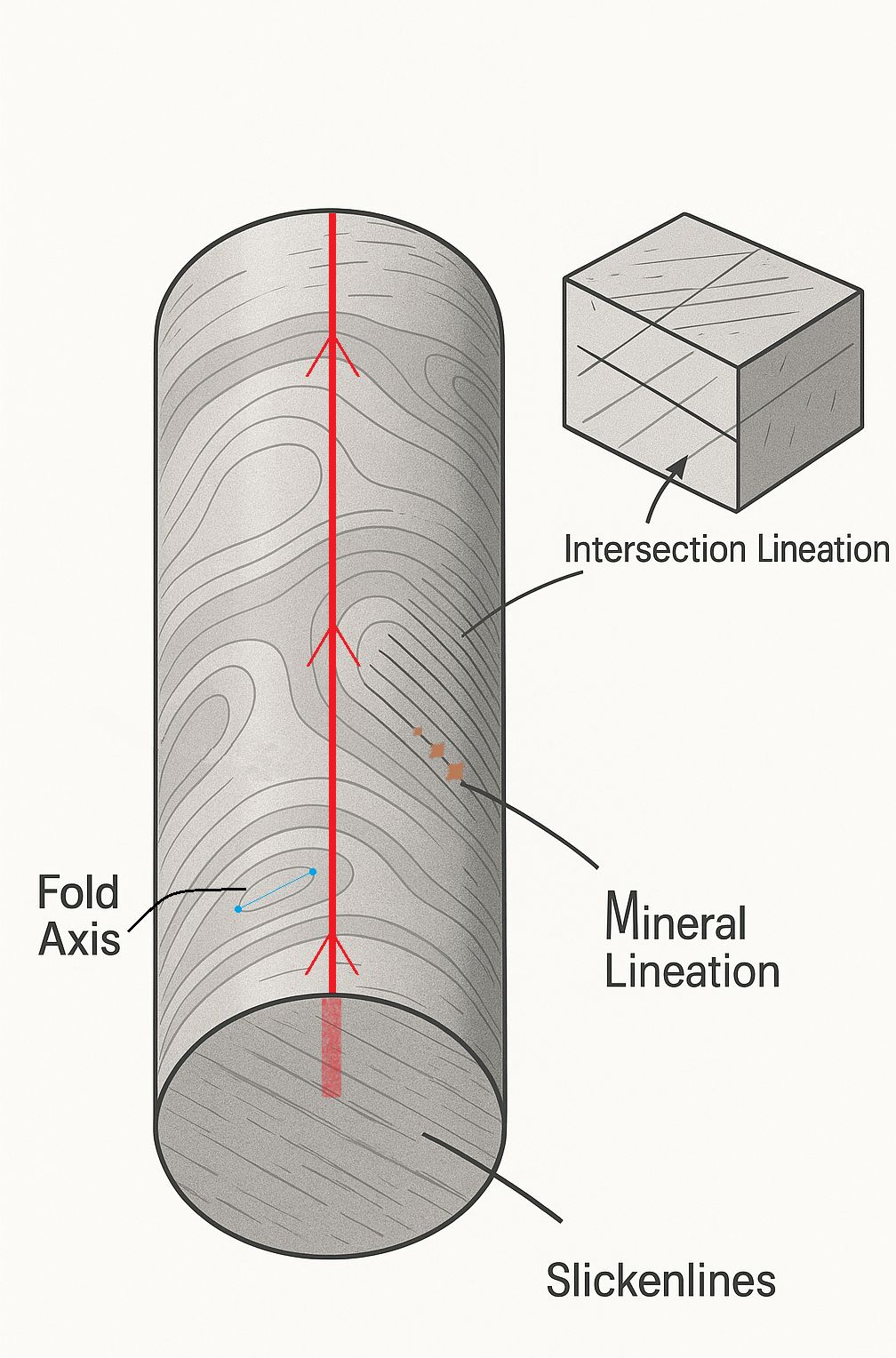
The importance of these features extends beyond theoretical understanding. At the Bonsucesso Zn-Pb deposit, slickenlines on phyllite-hosted fault planes provide clear evidence of top-to-east reverse motion, confirming their role in controlling ore distribution (Ferraz et al., 2023, "Structural controls on the Bonsucesso Zinc-Lead Deposit, Vazante Group, Brazil"). Mineral lineations, as highlighted by Passchier and Trouw (2005) in "Microtectonics," reveal strain direction and pathways of fluid flow—critical information for resource exploration and development.
Despite their demonstrable value, linear structures are frequently neglected in structural logging workflows. This oversight stems from limitations in manual logging techniques and tools that don't adequately support lineation measurement. Traditional methods often struggle to capture these features efficiently, particularly when core positioning is restricted or when time constraints apply pressure to logging operations.
The Integrated Solution: ACTx + LOGRx
To address these limitations and elevate structural logging to meet contemporary needs, IMDEX developed LOGRx—a digital structural logging solution that enables high-resolution measurement of both planar and linear structures in seconds, regardless of core orientation position or surface accessibility.
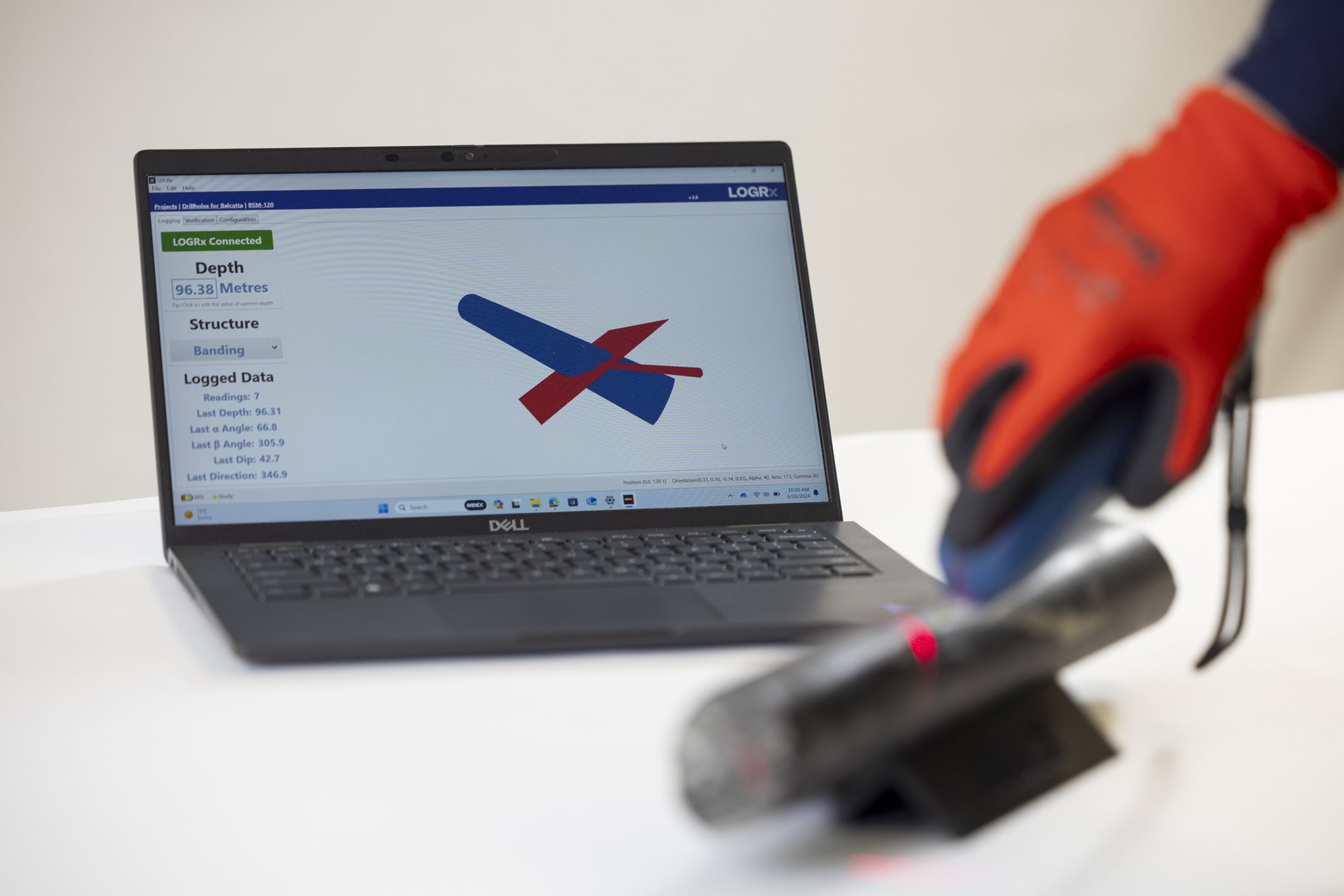.jpg)
LOGRx offers several key advantages:
1. Efficiency: Structural logging workflows up to 4x faster than conventional methods
2. Flexibility: Full freedom in core positioning, allowing visualisation and measurement from any orientation—an essential feature for structural geologists who interpret geometry interactively
3. Immediate feedback: Real-time data visualisation via the connected application
4. Enhanced data quality: Customisable structural columns enabling robust metadata acquisition
5. Improved integration: Seamless connectivity with 3D geological modelling platforms
However, the reliability of any structural dataset fundamentally depends on the accuracy of core orientation. This is where ACTx comes into play—the only orientation system on the market that automates quality control during orientation acquisition.
The Digital Workflow
ioGAS, a specialised exploratory data analysis software developed by IMDEX, empowers structural geology interpretation by seamlessly integrating geochemical data, spectral analysis from tools like aiSIRIS, and other geoscience datasets.
With advanced multivariate techniques such as PCA and UMAP, and dedicated support for structural workflows through stereonet and rose plot visualisations, ioGAS enables geologists to efficiently interpret structural orientations, delineate alteration zones and boundaries, and vector towards mineralisation with enhanced clarity and confidence.
The future of structural geology in resource exploration lies not in choosing between technologies but in leveraging their complementary strengths. By combining the tactile advantages of physical core examination with the imaging capabilities of televiewers and the digital precision of tools like ACTx and LOGRx—augmented by platforms such as HUB-IQ, which centralises downhole data with critical spatial context, and ioGAS, which integrates diverse geoscience datasets into powerful structural workflows—geologists can build more accurate models, make better-informed decisions, and improve exploration success rates.
As we target increasingly complex and deep-seated resources, this integrated, data-driven approach is not just beneficial—it’s essential for maintaining competitiveness and sustainability in modern exploration programs.
Explore IMDEX structural geology solutions

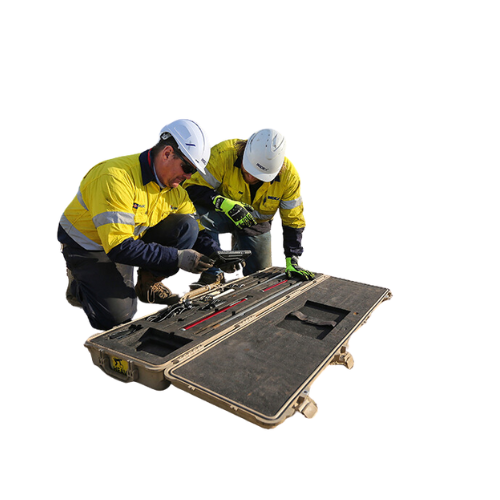
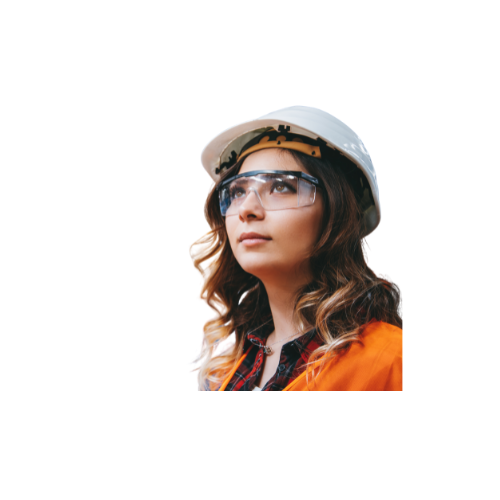.png)
.png)
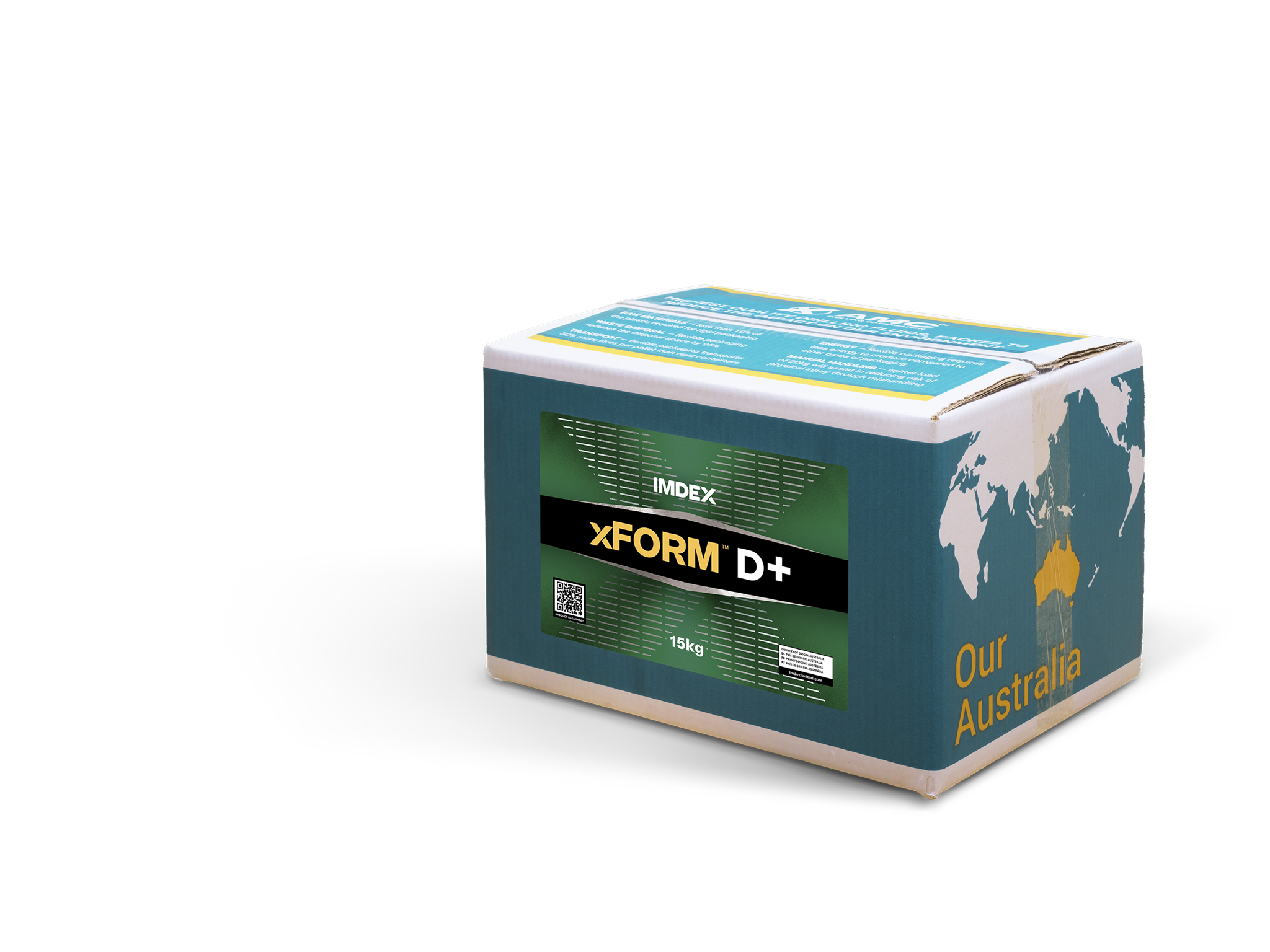
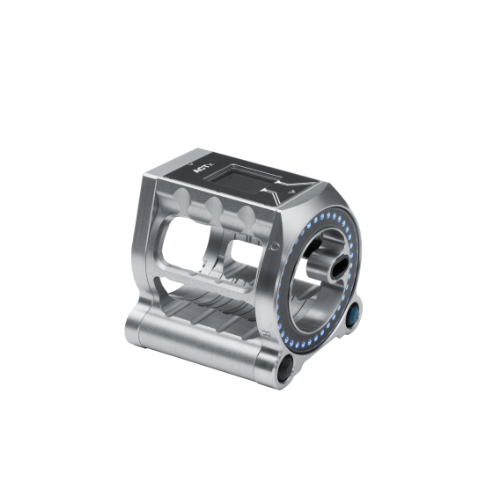.png)
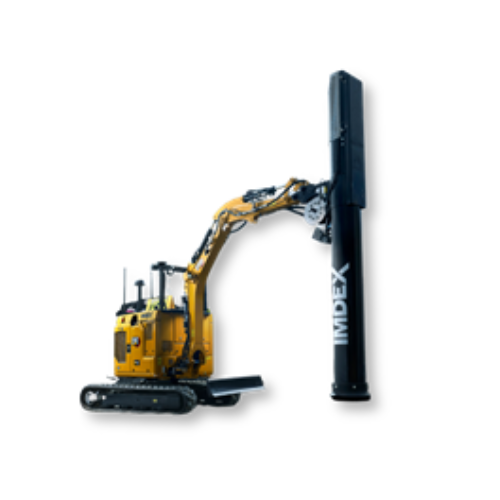
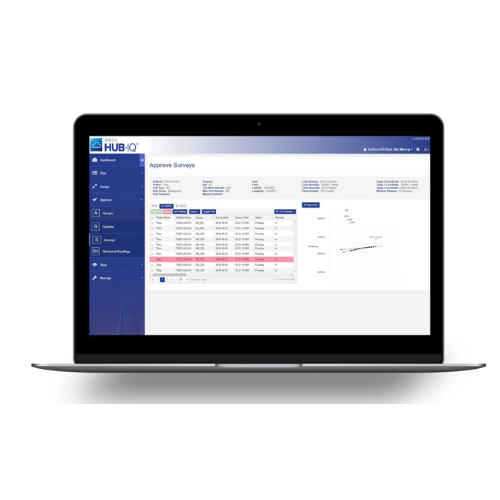
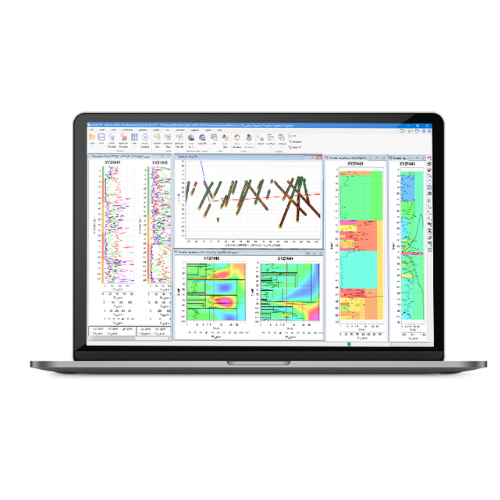

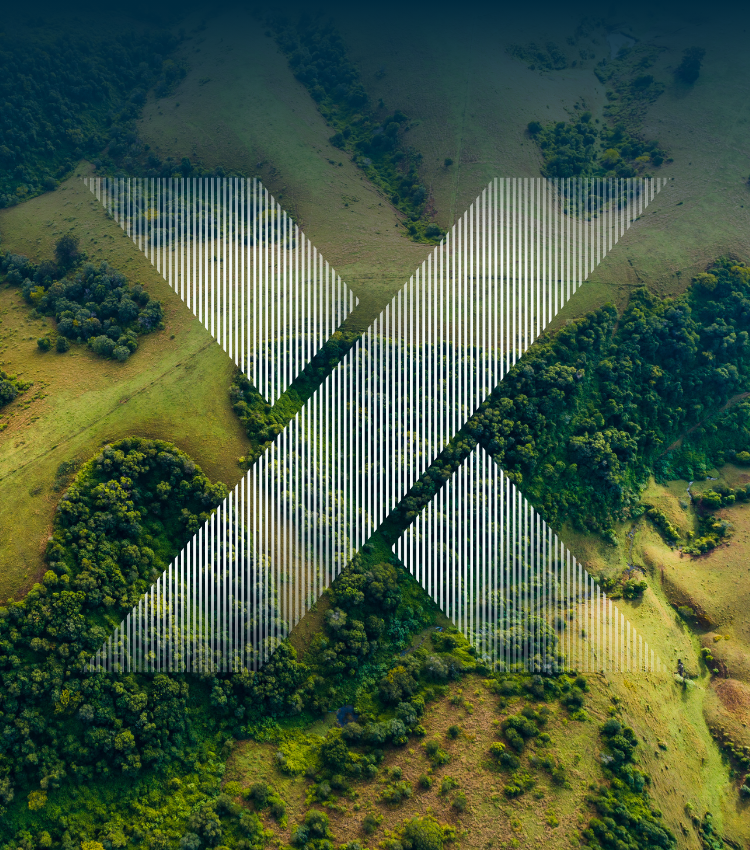
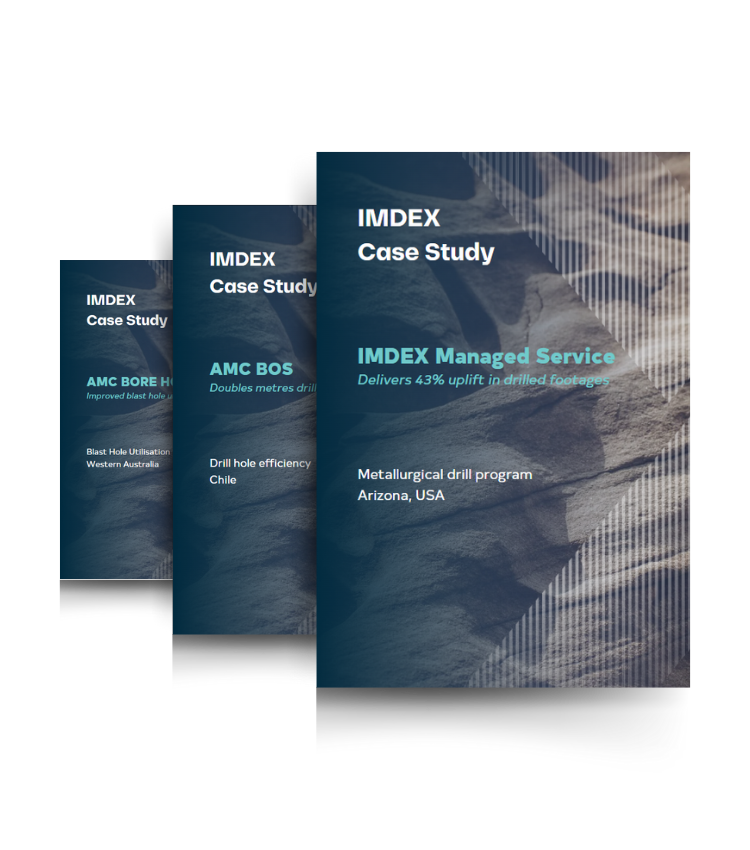
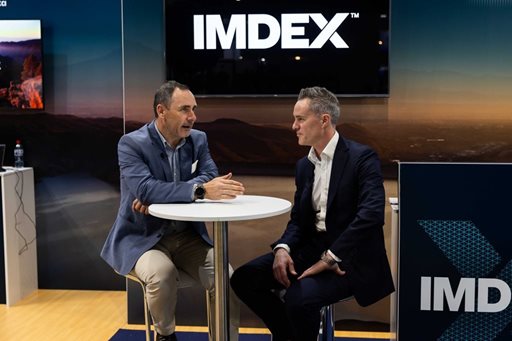
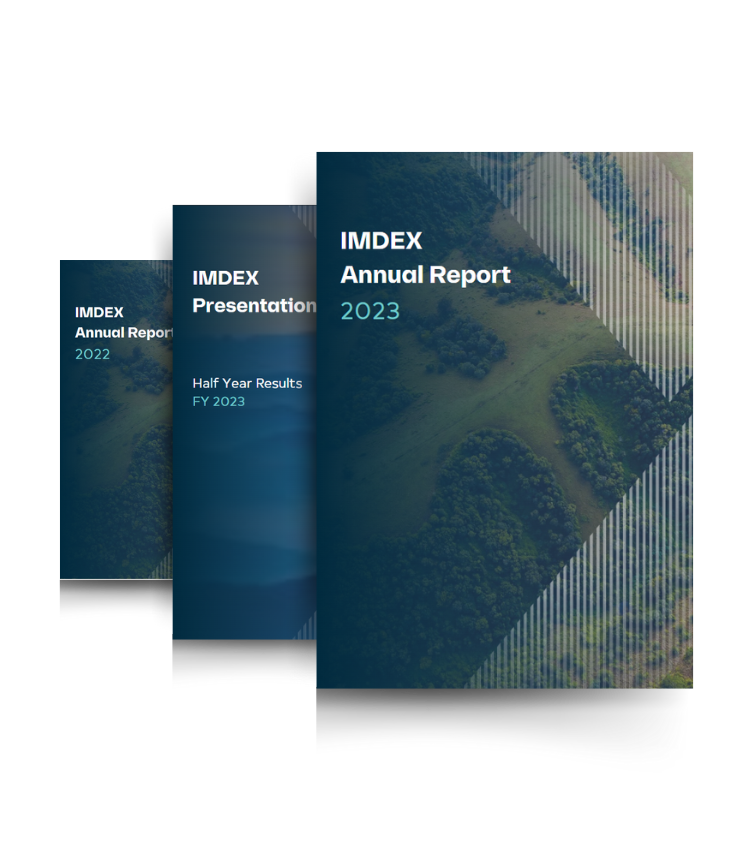


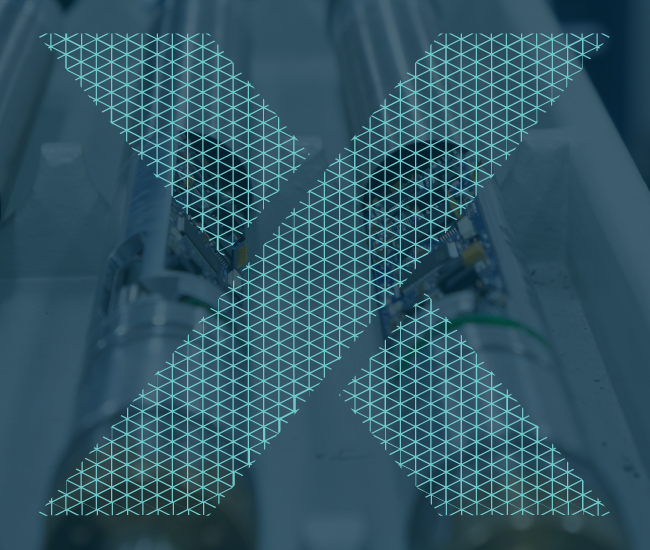.png)
